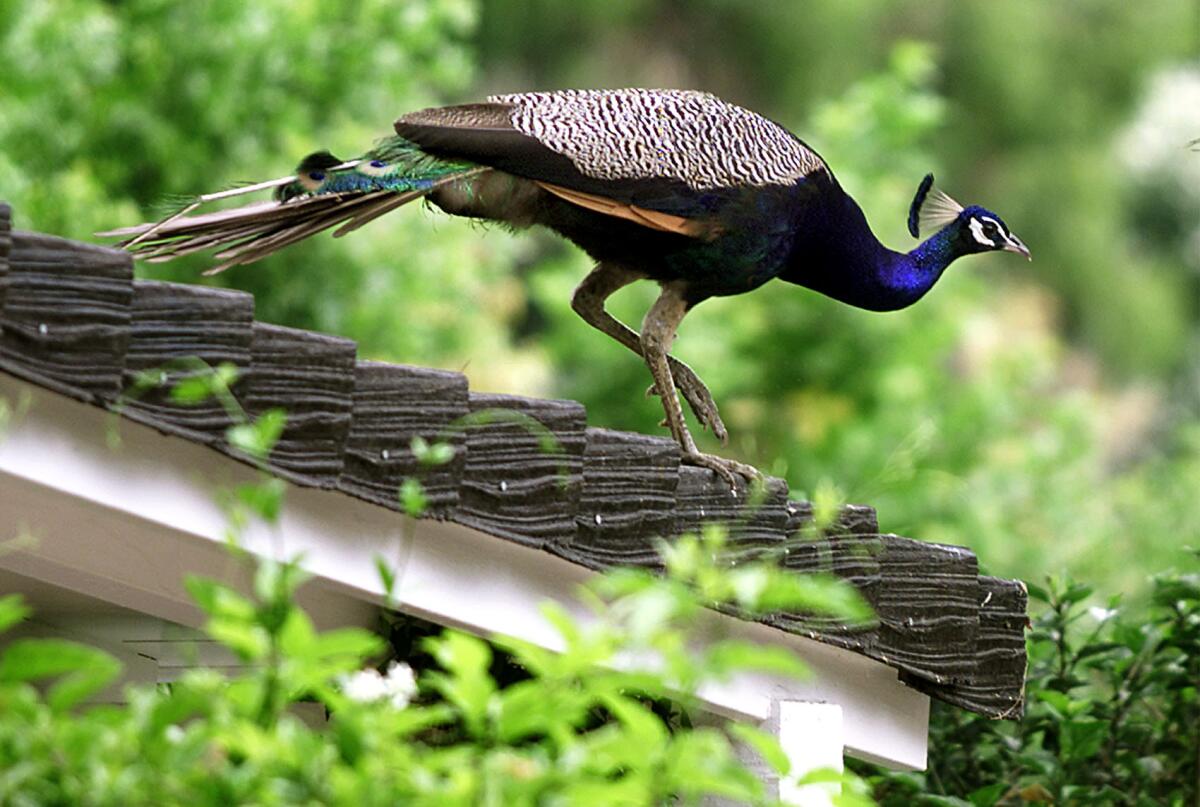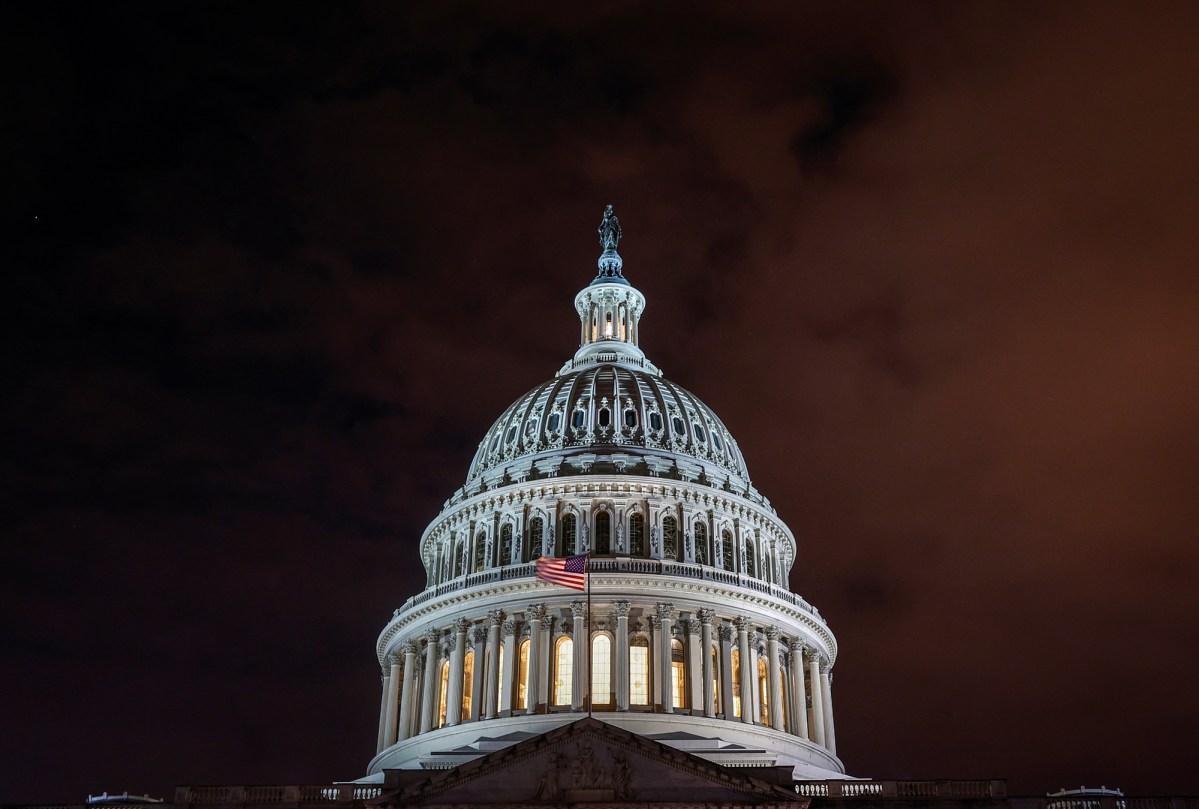Spotting a trademark colorful and elegant bird on the Palos Verdes Peninsula can be exciting for visitors or vacationers, but as the peacock population has rocketed, officials say some of those birds have got to go.
This fall, Rancho Palos Verdes will restart a rarely used program to trap and relocate peafowl from the peninsula in an effort to curb the growing population and limit the animals’ nuisance behaviors — with a goal of trimming the numbers by about 30%.
Although some residents are still enamored by the fowl — Rancho Palos Verdes resident Efran Conforty
told KCAL News
they are the “best neighbors” — the birds have also attracted a lot of haters.
City Council members said they received many letters in support of the trapping and removal program, some that even asked the city to expand it.
“They’re running across the road all the time — it’s dangerous,” said Councilmember George Lewis at a May meeting. The council voted unanimously to reinstate the program in the three neighborhoods where officials recorded the highest number of birds. One of those communities is Portuguese Bend, which is still experiencing significant landslide movement in many areas, as much as several inches a week, according to
data from this spring
.
“It is not the city’s intent to eradicate the peafowl population, but to manage the population at levels identified in 2000 and to educate the public on how to coexist with the birds,” Megan Barnes, a spokesperson for Rancho Palos Verdes, wrote in a statement.
California
Ground squirrels at this park have long been a problem for the city, which has been cited by the county for overpopulation and has tried a number of suppression methods.
In Rancho Palos Verdes, the peacock population is the highest it’s been since 2014, when city leaders
first decided
to look into taking action to curtail the number of the birds due to growing complaints about their noise and other nuisances. Peacocks make a number of sounds, including a piercing and distinctive
scream during mating season
and when they perceive a threat. They also clamber on rooftops and through landscaping, causing damage and leaving waste. Peacocks are not native to the peninsula or Southern California but were introduced to the area, by one account,
more than a century ago
.
As of the city’s
2025 peafowl census
, there were 216 of the birds across six neighborhoods, up from 165 last year — a 31% increase.
In 2000, the city’s count of peacocks was 134, which city officials have determined is the figure to target. In 2014, before the trapping program began, the birds’ population hit a peak at 276.
But even without trapping in the last few years — the program hasn’t been used since 2021 — the number of peafowl in the area has remained relatively stagnant. It wasn’t immediately clear what caused the jump over the last year.
Barnes said any trapped peafowl would be sent to homes off the peninsula that had been screened and reviewed by the city and its trapping vendor. The birds are taken to farms and ranches in San Diego County, Ventura County, Bakersfield, Palmdale and Fresno,
according to LAist
.
“Under no circumstances will the trapped peafowl be euthanized or treated inhumanely,” Barnes said.
This plan is only for peacocks in Rancho Palos Verdes, one of four cities on the Palos Verdes Peninsula. Peacocks are also found in many other areas of the region.










